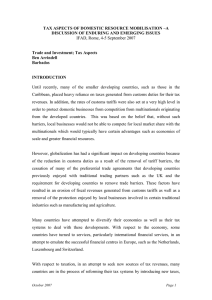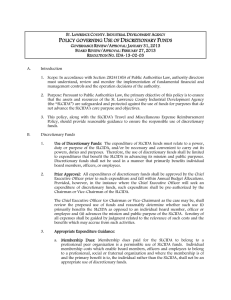How can workplace stress be reduced?
advertisement
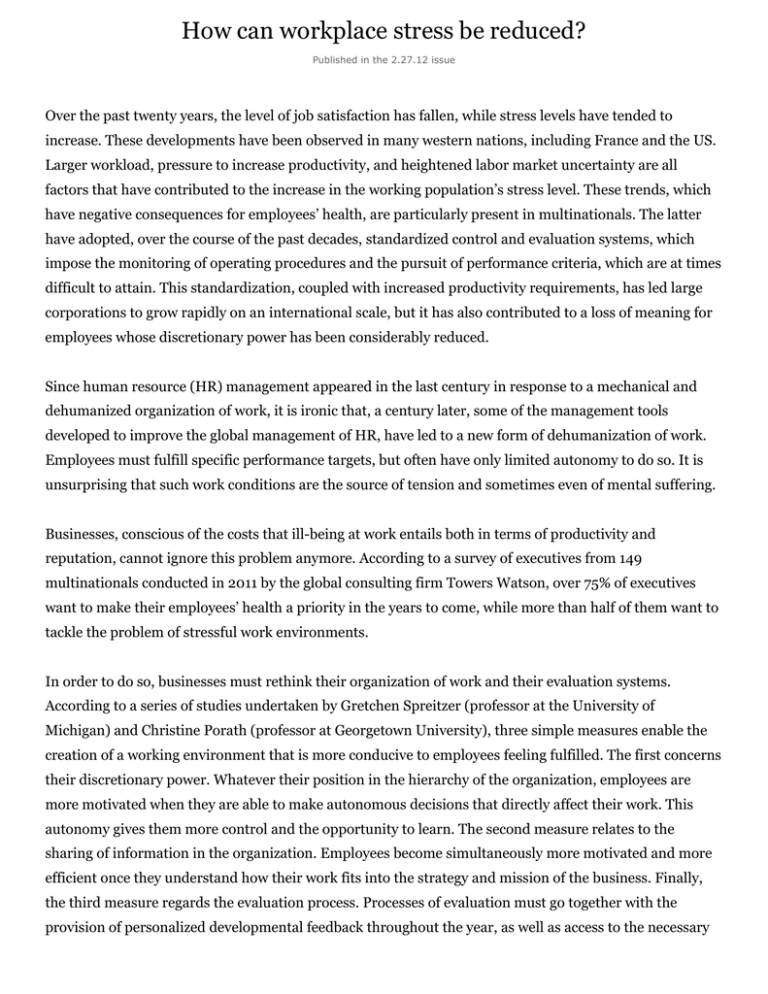
How can workplace stress be reduced? Published in the 2.27.12 issue Over the past twenty years, the level of job satisfaction has fallen, while stress levels have tended to increase. These developments have been observed in many western nations, including France and the US. Larger workload, pressure to increase productivity, and heightened labor market uncertainty are all factors that have contributed to the increase in the working population’s stress level. These trends, which have negative consequences for employees’ health, are particularly present in multinationals. The latter have adopted, over the course of the past decades, standardized control and evaluation systems, which impose the monitoring of operating procedures and the pursuit of performance criteria, which are at times difficult to attain. This standardization, coupled with increased productivity requirements, has led large corporations to grow rapidly on an international scale, but it has also contributed to a loss of meaning for employees whose discretionary power has been considerably reduced. Since human resource (HR) management appeared in the last century in response to a mechanical and dehumanized organization of work, it is ironic that, a century later, some of the management tools developed to improve the global management of HR, have led to a new form of dehumanization of work. Employees must fulfill specific performance targets, but often have only limited autonomy to do so. It is unsurprising that such work conditions are the source of tension and sometimes even of mental suffering. Businesses, conscious of the costs that ill-being at work entails both in terms of productivity and reputation, cannot ignore this problem anymore. According to a survey of executives from 149 multinationals conducted in 2011 by the global consulting firm Towers Watson, over 75% of executives want to make their employees’ health a priority in the years to come, while more than half of them want to tackle the problem of stressful work environments. In order to do so, businesses must rethink their organization of work and their evaluation systems. According to a series of studies undertaken by Gretchen Spreitzer (professor at the University of Michigan) and Christine Porath (professor at Georgetown University), three simple measures enable the creation of a working environment that is more conducive to employees feeling fulfilled. The first concerns their discretionary power. Whatever their position in the hierarchy of the organization, employees are more motivated when they are able to make autonomous decisions that directly affect their work. This autonomy gives them more control and the opportunity to learn. The second measure relates to the sharing of information in the organization. Employees become simultaneously more motivated and more efficient once they understand how their work fits into the strategy and mission of the business. Finally, the third measure regards the evaluation process. Processes of evaluation must go together with the provision of personalized developmental feedback throughout the year, as well as access to the necessary resources in order to insure employees’ professional development. For businesses, the challenge is to enable employees to give meaning to their work and to learn on a daily basis. Ultimately, these are the two necessary conditions for employees to feel fulfillment at work. Once they have been met, workers are not only more satisfied, but also more productive. Julie Battilana




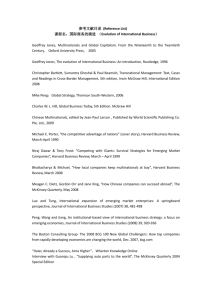

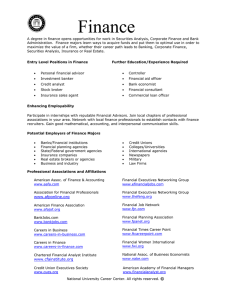
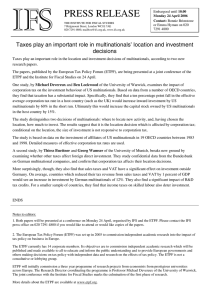
![ADMINISTRATOR’S CHECKLIST [Date: _____________ Time: ____________]](http://s2.studylib.net/store/data/011059716_1-4728d6e2f69ed3aa55131b942c32893b-300x300.png)
